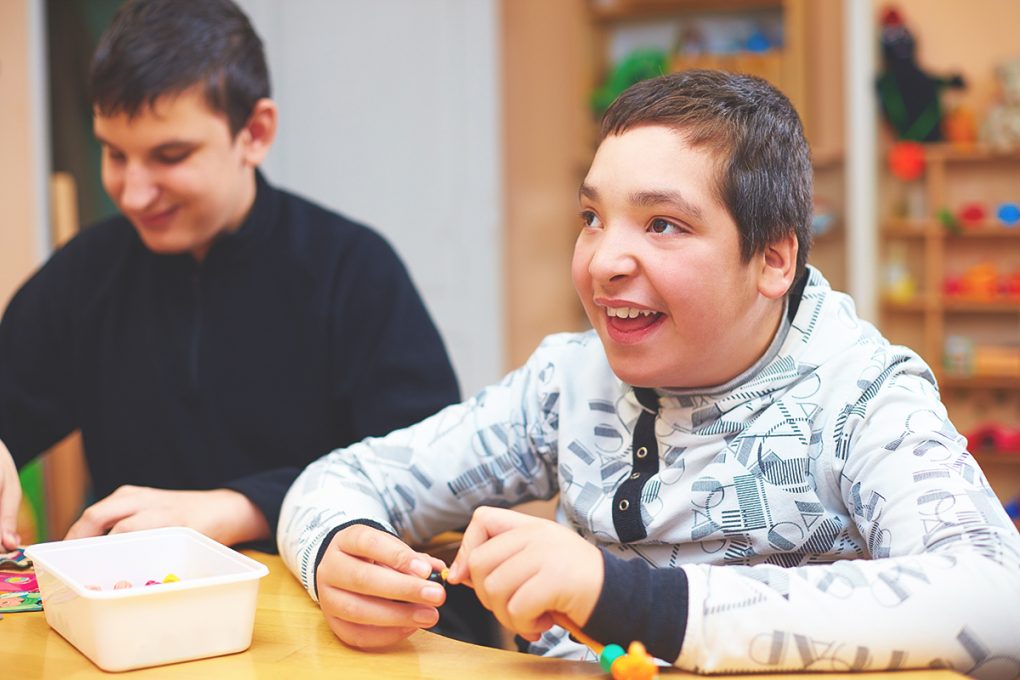Setting your NDIS goals

The goals you set as part of the NDIS planning process are supposed to help you to live a more independent and fulfilling life. Your goals can be short, medium, or long term which reflects how long they’ll take to achieve.
What’s a goal?
Goals are things you would like to do, work towards, and achieve in life. The goals you set as part of the NDIS planning process are supposed to help you to live a more independent and fulfilling life, like getting or keeping a job, learning new skills, furthering your education, or making new friends. You should try to make your goals as specific as possible.
Your goals can be short, medium, or long term which reflects how long they’ll take to achieve.
- Short term goals can be achieved in under 12 months.
- Medium and long term goals might take several years to achieve.
The NDIA considers short term goals to be achievable typically during the 12 month duration of your NDIS plan.
Some goals will take longer than 12 months to achieve. These are considered medium and long-term goals, and will be a part of your future planning conversations.
If you would like to view more information on goals and how to prepare for goals please refer to the Amaze NDIS Readiness Resource, which has detailed examples of goals. You may also want to use Booklet 2 – Creating your NDIS plan, a resource created by the NDIA.
Your individual goals play a big role in determining the types of support you will receive through the NDIS.
Before the NDIA include any type of support in your plan, they must first consider whether it will help you to pursue your individual goals.
By setting goals, you’re helping the NDIA understand what specific services and supports you will need to achieve your ambitions, and how to allocate funding within your plan.
The NDIA considers eight areas of life that will promote your independence:
- Choice and Control
- Lifelong Learning
- Daily Living
- Relationships
- Health and Wellbeing
- Work
- Social and Community Participation
- Home.
Your LAC or NDIA planner will sort your goals into these eight areas to determine which support areas your funding should be allocated into.
You may not have goals in each of the 8 areas, or you may have multiple goals in an individual area. This is one of the reasons that every individual’s NDIS plan will be different.
To help you identify which areas you need assistance with or would like to improve through NDIS supports, Amaze has developed a step by step questionnaire called the NDIS Readiness Resource.
The NDIS Readiness Resource will provide you with ideas and suggestions for specific goals, based on the areas that are most important to you.
The NDIS Readiness Resource is free to use and takes about 5 minutes to register. This resource is designed for you to complete in your own time and saves your progress as you work through it. You are able to log out and log back in at any time and your place will be saved. It will take around 40 minutes to complete.
For more information
If you’d like more information about the NDIS generally, or to get advice on your specific circumstances, contact the Amaze Autism Connect advisors on 1300 308 699, email [email protected] or use the webchat on this site.
This service is open from 8am–7pm, Monday to Friday (excluding public holidays).
References
National Disability Insurance Agency [NDIA] (2022) Creating your NDIS plan, NDIS, accessed 22 December 2022. https://www.ndis.gov.au/media/333/download?attachment
NDIA (2020) People with disability and their NDIS goals, NDIS, accessed 22 December 2022. https://data.ndis.gov.au/reports-and-analyses/outcomes-and-goals/people-disability-and-their-ndis-goals
NDIA (2022) Setting goals, NDIS, accessed 22 December 2022. https://www.ndis.gov.au/participants/creating-your-plan/setting-goals